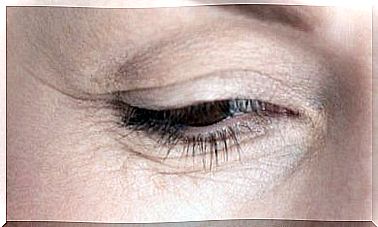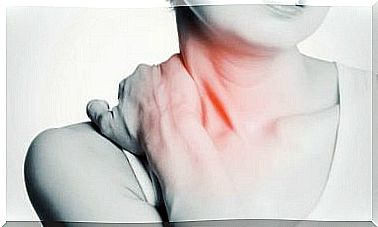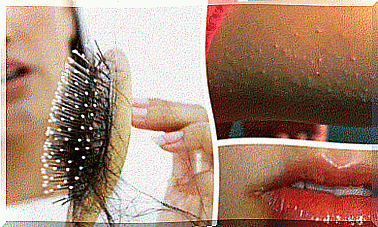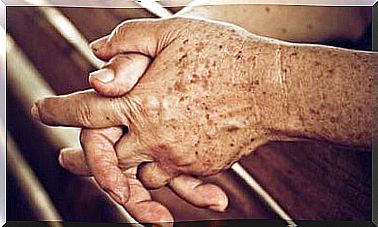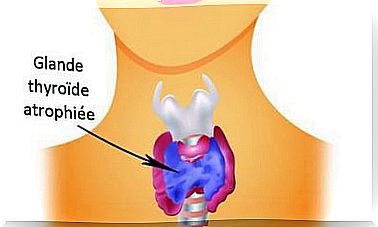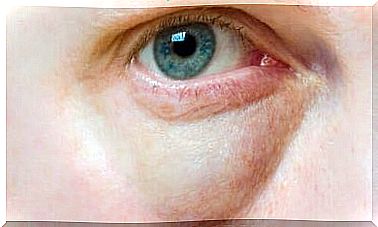6 Tips To Prevent Osteoarthritis From The Age Of 35
When we think of osteoarthritis, we think of the wear and tear of our body over time. We tend to think of it as a disease that only affects the elderly. But did you know that osteoarthritis is a condition linked to the wear and tear of the joints and that several factors favor its onset even before the age of 35?

The object of this article is to deepen the subject of this disease a little and to give some clues to detect it in time. As with most diseases, it is possible to take steps to prevent osteoarthritis simply by putting these simple recommendations into practice.
What is osteoarthritis?
Osteoarthritis, according to the International Osteoarthritis Foundation ( OAFI ), “Is a degenerative joint disease that affects the cartilage as well as the bones and soft tissues of the joint”. It is not only a lesion of one part of the body, but also of a set of interdependent parts that we must take care of: bones, cartilage and tissues.
The function of the articular cartilage is to make the joint between the bones to allow movement. However, the wear and tear of the articular cartilage removes the protection on the surface of the bone, and from then on, friction with other bones causes severe pain.
Osteoarthritis tends to affect the joints that are used the most, such as the joints in the hands or those in the spine, as well as joints that support weight, such as the hips and knees.
Those most affected are the elderly, athletes and people doing heavy work, which requires carrying a lot of weight or having their joints often in motion.
What are the symptoms ?
The most common symptoms of osteoarthritis are:
- Joint pain and difficulty moving
- Swelling in the joints
- Cracking or squeaking when moving
- Decreased joint function
What are the causes ?

There are many causes for the appearance of joint pain. We won’t be able to list them all here, but the most common are:
- Sedentary lifestyle
- Excess physical activity
- Mechanical alterations of the body
- Trauma and micro-trauma
- Bad nutrition
Although there is also a genetic cause, the vast majority of explanations for osteoarthritis are linked to our lifestyle. Obesity being the main cause, it is important to eat well, and this from an early age. Obese children are the most likely individuals to develop osteoarthritis in their lifetime.
Although it may seem contradictory, exercising can also be a cause of osteoarthritis. This case arises of course when it is an intense practice, as is the case for high level athletes. Boxers, footballers or weightlifters tend to develop osteoarthritis over time.
Also discover: Osteoarthritis treatment: 5 good habits
How is osteoarthritis diagnosed?
The diagnosis of osteoarthritis is usually established during a medical visit to a specialist (rheumatologist, physiotherapist and orthopedist). The detection of osteoarthritis is usually done on the basis of the symptoms described above and the results of a physical examination.
To complete this, the doctor performs a certain number of examinations, such as x – rays for example, in order to measure the progression of the disease and to rule out other affections specific to the joints. Having learned about the degree of complication of the disease, it indicates an appropriate treatment taking into account the physiological characteristics of the patient. In more severe cases, surgery may be an option to relieve symptoms.
6 tips to prevent osteoarthritis from 35 years old
As in the case of many diseases, it is possible to prevent osteoarthritis because it is not strictly conditioned by genetic factors, although in some cases the genetic aspect can have an influence. It is the lifestyle habits that have the most influence in the onset of the disease.
Their prevention is relatively simple since it consists of:
1. Be informed about the disease
It is important that information about osteoarthritis is not only given to those who have it, but to all audiences. This information is all the more important for groups of people with risk factors: women, athletes and people suffering from obesity.
Be informed of the ins and outs of the disease will help you take the precautions necessary to limit the damage and limit the impact of the eventual disease. In addition, this information can also be useful if one of your relatives is diagnosed. It may help you cope with the disease.
2. Exercise moderate physical activity
Physical activity helps strengthen muscles and joints. In the case of an athlete, it is very important to exercise physical activity under the supervision of a trainer and to regularly see a doctor to examine the condition of your joints.
If you are starting a physical activity, it is also very important to be supervised by a professional. Do not forget to supplement your physical activity with precise information concerning the good practice of your sport. Better mastering the movements and performing them in the right way will allow you not to overload the muscles, bones and tendons.
Also discover: Some differences between osteoarthritis, arthritis and osteoporosis to know
3. Eat a balanced diet to prevent obesity
When obese people lose weight, it relieves joint overload and thus helps prevent osteoarthritis. To maintain a weight that matches your age and height, it is important to eat a balanced diet.
A balanced diet is a diet rich in nutrients, vitamins and minerals. Cut down on excessive consumption of saturated fats, carbohydrates and sugars. This will help you limit the risk of osteoarthritis, but also cardiovascular disease.
4. Take food supplements that nourish the cartilage
Food supplements such as hydrolyzed collagen, chondroitin sulfate, glucosamine, and hyaluronic acid are ideal for nourishing cartilage. You can find these elements in your diet, but if not, their intake in capsule form is recommended.
Some of these elements, like glucosamine, are already produced by our bodies and are found all around the joints. However, as we get older, the amount of this element decreases and the joint weakens. It is therefore important to bring an additional dose to our body in order to compensate for its deficit.
5. Limit heavy loads and repetitive joint movements

Strong efforts weaken our joints . If you lift heavy loads, it should be done carefully and infrequently. Likewise, repetitive movements can weaken the joints and therefore prevent the prevention of osteoarthritis.
- If you are injured and perform strenuous activities or jobs, take regular breaks.
- Also protect your joints with the help of accessories such as elbow pads and knee pads to avoid complications.
6. Use suitable clothing
The shoes ensure the stability of the walk and properly absorb the shock that our body receives with each step. Choosing the right shoes is important in preventing illness. Regularly wearing high heels is not recommended.
You can obviously wear high heels for special occasions, but it is recommended that you do not wear them every day. This type of shoe causes an unstable position that your body compensates for. Your chances of falling increase, and the shoe does not properly absorb the impact between the ground and your foot. The risk of injury increases.
If you follow these simple tips, you will be able to prevent osteoarthritis and reduce your risk of developing osteoarthritis as much as possible. Do not overload your joints and take care of them. If you have pain in your knees, hips or hands, remember to see your doctor as soon as possible so that you can do your best as soon as possible. Do not wait before it’s too late.
